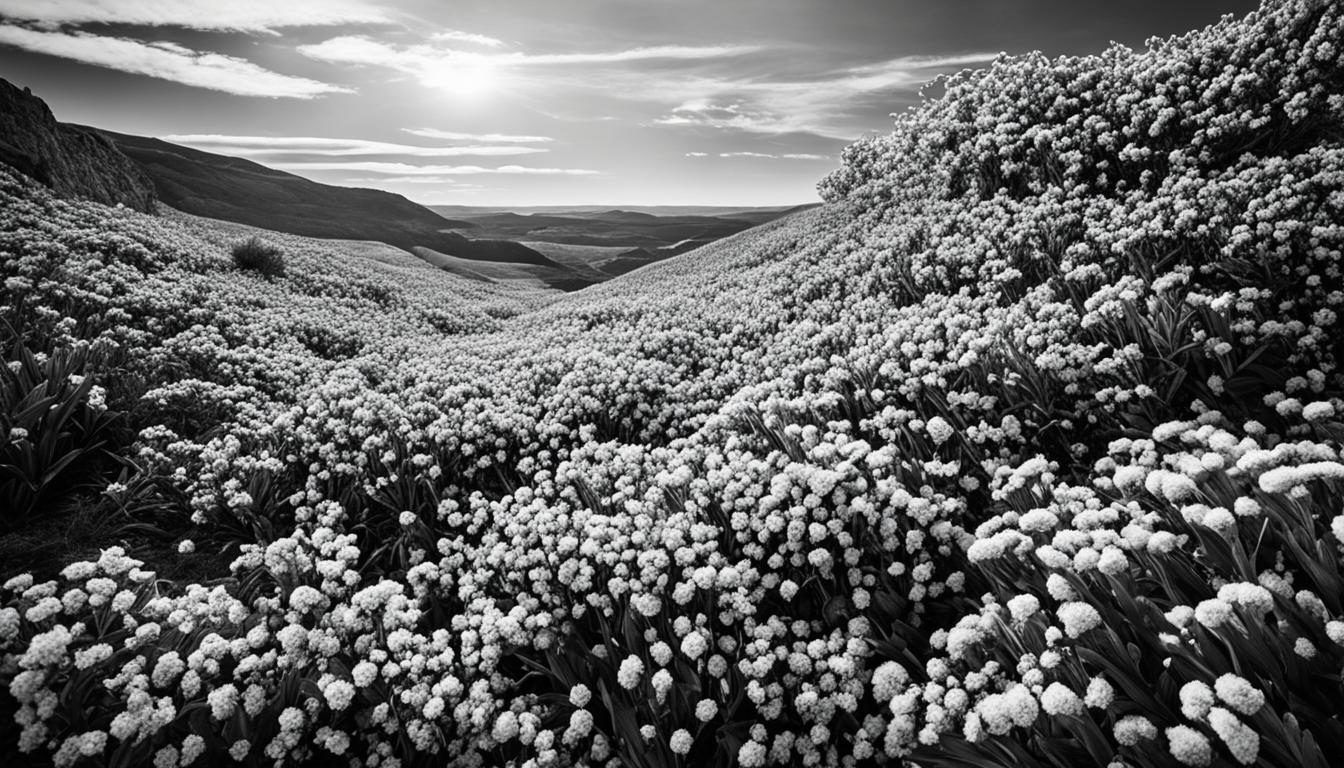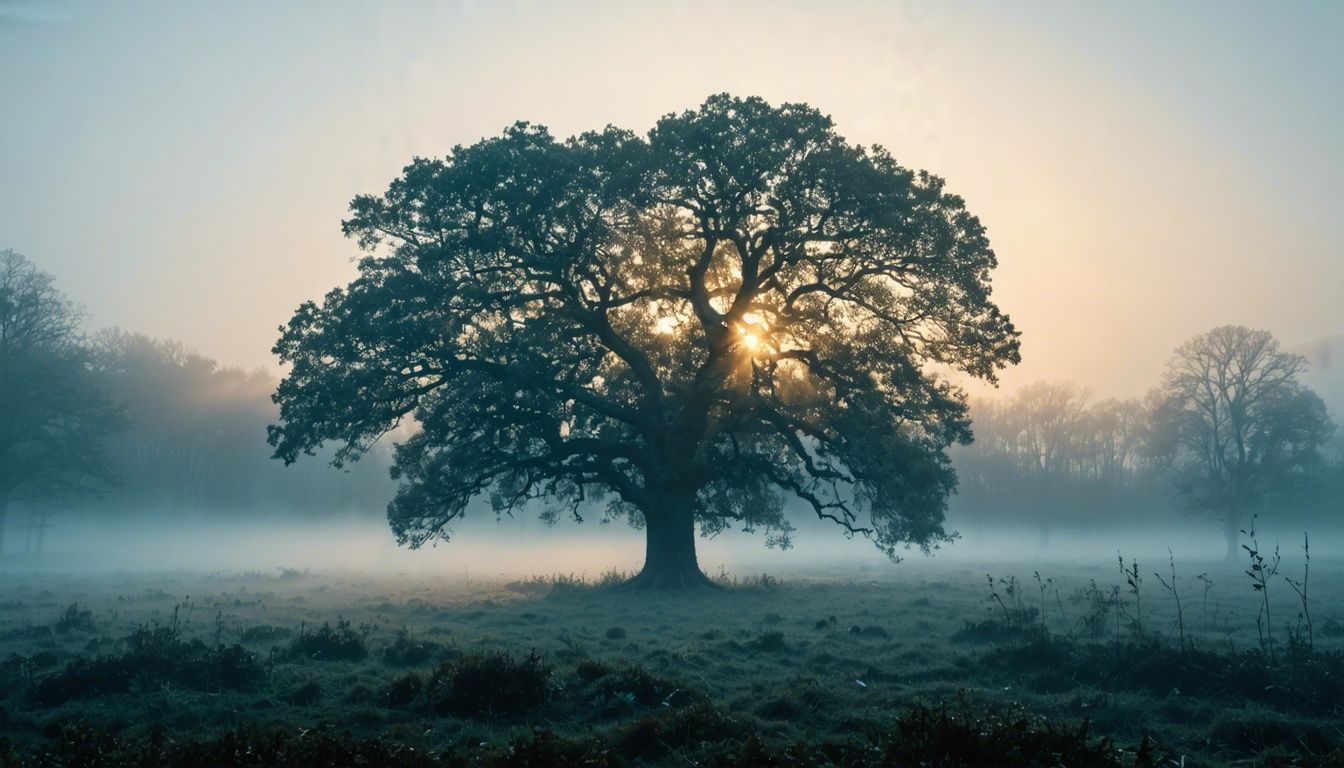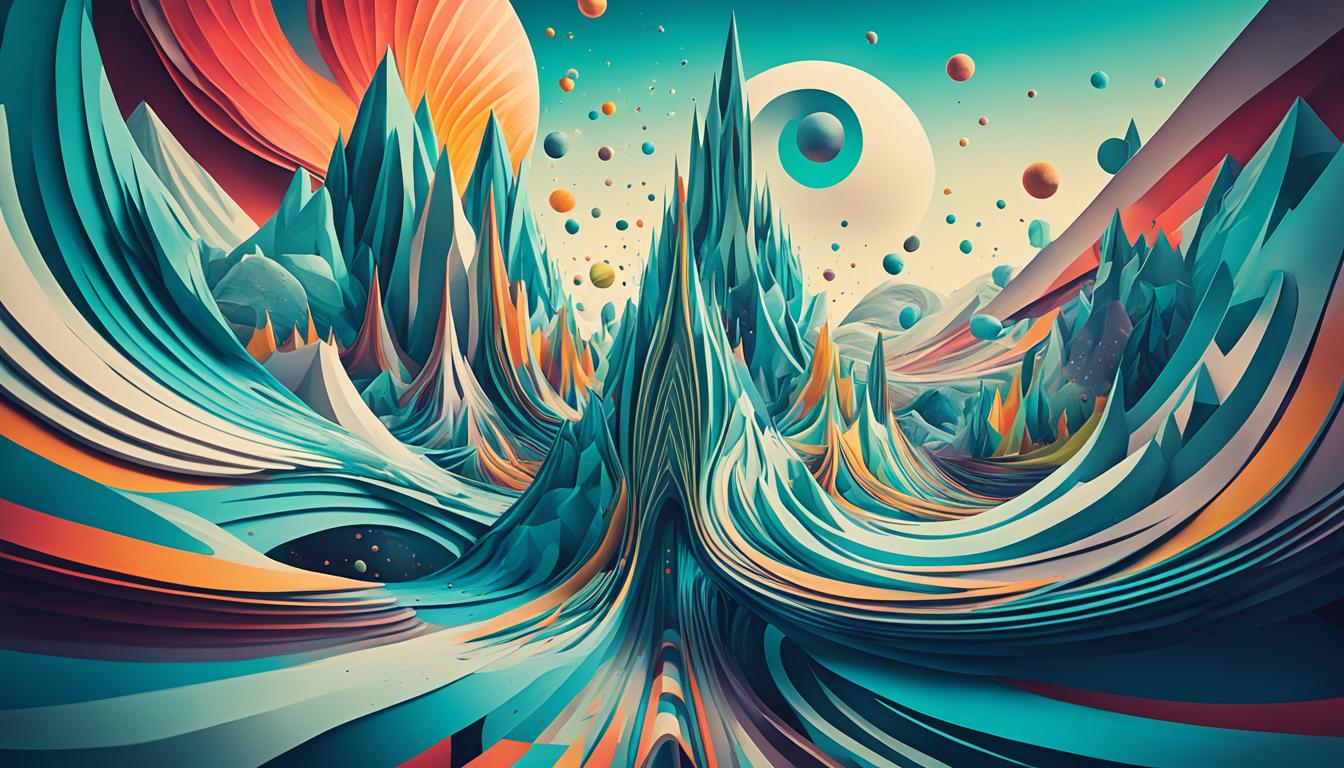Welcome to our blog, where we dive into the fascinating world of fine art photography. Today, we’ll explore the ongoing debate of black and white versus color photography. As photography evolved, so did the options for capturing images in monochrome or vibrant hues. The choice between these two styles has become a significant artistic consideration for photographers worldwide.
Let’s take a closer look at the dynamics between black and white and color photography, the artistic choices photographers make, and the visual impact these styles create. We’ll also discuss the current trends in digital photography and highlight some professional editing techniques that enhance both monochrome and color images.
Before the rise of color technology, black and white photography reigned supreme. While color photography became available in the late 1930s, many photographers argue that the black and white aesthetic suits the art of photography better. Black and white images allow photographers to focus on essential visual elements such as lines, textures, shapes, and composition. This emphasis enhances harmony and balance in the image, creating a strong visual impact.
On the other hand, color photography offers a whole new dimension to the visual story. It brings in facts, atmosphere, and cultural details, providing a more immersive experience for viewers. Vibrant colors can evoke emotions and add depth, vitality, and context to photographs, enhancing their storytelling capabilities.
Both black and white and color photography have their strengths and can benefit all genres of photography. Whether photographing nature, portraits, candid moments, or commercial subjects, the choices photographers make regarding black and white or color have a significant impact on the final result.
Key Takeaways:
- Black and white photography emphasizes essential visual elements and composition, creating a strong visual impact.
- Color photography adds a new dimension to the visual story, evoking emotions and providing context, depth, and vitality.
- The choice between black and white or color photography depends on the artistic vision and desired impact of the photographer.
- Both styles have their strengths and can benefit all genres of photography, from nature to portraiture and candid moments.
- Professional editing techniques play a crucial role in enhancing the artistic expression and visual impact of both monochrome and color images.
Color vs. Black & White in Nature Photography
In the realm of nature photography, the choice between color and black and white can greatly impact the visual story we wish to convey. Both styles offer unique perspectives and opportunities to capture the beauty of the natural world.
Color photography in nature allows us to immerse ourselves in the vibrant hues, patterns, and details that surround us. The vivid colors add a sense of life and vitality to the images, capturing the dynamic essence of the environment. Whether it’s the vibrant reds of a sunset, the lush greens of a forest, or the brilliant blues of a tropical ocean, color photography enhances the visual impact and creates a powerful connection with the viewer.
On the other hand, black and white nature photography presents a monochromatic realm where lines, shapes, and textures take center stage. By stripping away the distraction of color, we can focus on the intricate details and unique forms found in nature. Black and white photography reveals the intricate patterns of a leaf, the textures of weathered rocks, or the graceful curves of a tree branch. It invites viewers to appreciate the essence and fragility of the natural world, evoking emotions and forging a deep connection.
Although color photography captures the vibrant diversity of nature, black and white photography allows us to delve into a simplified and timeless perspective that transcends the limitations of color. It invites viewers to see beyond the surface and discover the inherent beauty in the monochromatic world. Both approaches have the power to convey the awe-inspiring wonders of nature, each with its own visual language and emotional impact.
Color vs. Black & White in Portrait Photography
When it comes to portrait photography, the choice between color and black and white can have a significant impact on the final result. Color photography provides a realistic representation of the subject, capturing their features, personality, fashion style, and mood.
With color, we can see the vibrant hues of the subject’s clothing, the subtle variations in their skin tone, and the overall atmosphere of the scene. Color photography creates a visual dialogue between the viewer and the model, allowing for a deeper connection and a greater appreciation of the subject’s individuality.
On the other hand, black and white portrait photography takes a different approach. By eliminating color distractions, it directs the viewer’s attention to the emotions and interior of the subject. The absence of color simplifies the image, creating a more dramatic and powerful impact.
Black and white photography smooths facial features, allowing the viewer to focus on the subject’s expression and the story behind their eyes. It brings a sense of timelessness to the portrait, evoking a certain mood and triggering an emotional response from the viewer.
In black and white, each line, wrinkle, and facial feature becomes more pronounced, enhancing the overall composition of the image. The monochromatic tones create a captivating interplay of light and shadow, adding depth and texture to the portrait.
“Black and white portrait photography has an unparalleled ability to capture the essence of a person’s character. It allows me to dive into their world, capturing subtle expressions and emotions that might have been overshadowed by color distractions. It’s like uncovering the raw truth beneath the surface.”
– Jane Carter, Professional Portrait Photographer
Black and white portrait photography also lends itself well to monologues and theatrical acts. It allows the subject to embody a character and tell a story through their expression and body language, creating a sense of intrigue and casting the viewer into a different era or narrative.
Therefore, whether it’s capturing the reality of a person or delving into their emotions and story, both color and black and white portrait photography have their unique strengths. The choice ultimately depends on the photographer’s creative vision and the desired mood and impact of the final image.

| Color Photography | Black and White Photography |
|---|---|
| Reveals features, personality, and mood | Focuses on emotions and the subject’s interior |
| Captures vibrant hues and creates a dialogue with the viewer | Emphasizes lines, shadows, and texture |
| Enhances the overall atmosphere of the portrait | Creates a dramatic and powerful impact |
| Allows for creative fashion and stylistic choices | Smooths facial features and simplifies distractions |
| Brings a sense of reality and cultural context | Elicits a timeless and thought-provoking experience |
Color vs. Black & White in Candid Photography
When it comes to candid photography, the choice between color and black and white can significantly impact the way emotions are conveyed and stories are told. Both color and black and white photography have their own unique characteristics that can evoke different responses from viewers.
Color candid photography captures attention through vibrant colors, allowing the viewer to immerse themselves in the scene. The use of color aesthetics provides a sense of time, place, and culture, enhancing the overall visual experience. Color guides the viewer’s gaze, leading them to explore various elements within the frame. It adds depth and detail, giving a vivid representation of the captured moment.
On the other hand, black and white candid photography starts at an emotional level, focusing on drama and storytelling. By stripping away color, black and white photography simplifies reality and emphasizes the essential emotions and implications of the moment. This monochromatic approach allows for a deeper connection with viewers, as they are drawn to the raw intensity of the scene. Henri Cartier-Bresson, one of the pioneers of black and white candid photography, understood the power of capturing captivating moments in this format.
“For me, candid photography is the capture of the decisive moment. It is that fraction of a second when all elements come together, and the emotions are frozen in time. Black and white photography, with its ability to simplify and emphasize, allows me to reveal the true essence of these moments.”
Both color and black and white candid photography have their merits and can convey powerful messages. While color photography captures attention through vibrant visuals, black and white photography delves deep into emotions and storytelling. It is up to the photographer’s creative vision and intent to choose the style that best suits the desired impact on the audience.
Color vs. Black & White in Commercial Photography
In commercial photography, the choice between color and black and white is crucial in achieving the desired aesthetic and resonating with the target audience. Both color photography and black and white photography have their unique qualities and can evoke different responses from viewers.
Color photography is known for its ability to enhance the visual appeal of a product or service. By showcasing vibrant colors, it captures attention and creates a sense of exuberance. Color photography allows for the representation of specific lifestyles and cultural preferences, appealing to diverse target audiences. It can bring a sense of realism, energy, and dynamism to commercial images, making products more enticing and engaging.
On the other hand, black and white photography in commercial contexts can convey a sense of stability, trust, and honesty. The absence of color can create a timeless and classic feel, emphasizing the longevity and legacy of a brand. Black and white photography has the power to simplify a composition and draw attention to essential elements without the distractions of color. By stripping away colors, it allows viewers to focus on the message and the product’s core qualities.
When choosing between color and black and white in commercial photography, it is crucial to consider the target audience and their preferences. Understanding their cultural backgrounds, visual preferences, and psychological responses to color can help in making informed decisions. Brands should aim to align their visual choices with their target audience’s expectations and cultural sensitivities.
“Color photography can create a sense of exuberance and vibrancy, appealing to viewers’ emotions and desires.”
Moreover, the choice between color and black and white should also align with the overall brand image and message. A more modern or dynamic brand may benefit from vibrant color photography, while a luxury or heritage brand may resonate more with the timeless elegance of black and white images. Consistency in the visual branding across different platforms and media is essential for building brand recognition and establishing trust with the audience.
Ultimately, the decision to use color or black and white in commercial photography depends on the desired aesthetic, target audience, and brand positioning. By considering the aesthetic goals, cultural preferences, and brand attributes, photographers and marketers can create compelling visual narratives that effectively communicate the desired message and resonate with the target audience.
The Allure of Black and White Photography
Black and white photography has a timeless appeal that captivates many photographers, especially in genres like documentary and street photography. Its unique characteristics, such as tonal contrast, grain, and the absence of color, contribute to the creation of visually striking images that evoke emotion and tell compelling stories.
The limited color palette of black and white photography allows photographers to focus on the fundamental elements of a scene, such as shapes, textures, and shadows. By eliminating the distraction of color, these visual elements take center stage, creating a sense of depth and enhancing the overall composition.
One of the notable features of black and white photography is the fine grain present in black and white films. This grain adds a gritty and raw quality to the photographs, enhancing the details and textures of the subject. It lends a sense of authenticity and nostalgia, giving the images a unique character.
“Black and white photography allows us to play with the interplay of light and shadow, creating dramatic and dynamic scenes that captivate the viewer’s attention.”
Additionally, black and white photography offers a wide range of processing techniques that can further enhance the aesthetic and impact of the images. Photographers have the freedom to experiment with different toning, contrast adjustments, and dodging and burning techniques to achieve their desired visual outcome.
Whether it’s capturing the raw and gritty reality of the streets or documenting the essence of the human experience, black and white photography continues to stand out as a powerful and expressive medium. Its unique qualities enable photographers to create images that transcend time and leave a lasting impression on viewers.

| Advantages of Black and White Photography | SEO relevant keywords |
|---|---|
| Emphasizes tonal contrast, shapes, and textures | tonal contrast, shapes, texture |
| Creates a sense of depth and composition | composition, depth |
| Adds grit and rawness with fine grain | grain, raw quality |
| Offers unique processing techniques | processing techniques |
The Beauty of Color Photography
Color photography offers a breathtaking visual impact that is both captivating and vibrant. It allows photographers to create stunning images that capture the diversity and vibrancy of the natural world. By incorporating vibrant colors into their compositions, photographers can enhance the visual appeal and bring their subjects to life.
One of the advantages of color photography is the ability to play with composition choices. Photographers can use the interplay of shapes, patterns, and lighting to create visually interesting and aesthetically pleasing images. The use of color can emphasize certain elements within the frame and guide the viewer’s attention to specific details.
Colors also have the power to accentuate the features and characteristics of the subject. By choosing the right color palette, photographers can enhance the mood and atmosphere of the image, creating a more immersive experience for the viewer. Whether it’s the vibrant hues of a flower or the rich tones of a sunset, color photography allows us to appreciate the beauty of the natural world in all its glory.
When capturing the colorful palette of nature, lighting considerations play a crucial role in achieving the desired effect. Different lighting conditions can significantly impact how colors appear in the photograph. Photographers need to understand the effects of natural light and utilize various techniques to highlight the hues and patterns present in the environment.
The beauty of color photography lies in its ability to evoke emotions and convey a sense of wonder. The vibrant colors, patterns, and compositions create visually striking images that leave a lasting impression on viewers. It allows us to experience the world in all its chromatic splendor and appreciate the beauty of the natural environment.
Conclusion
The world of fine art photography offers a rich tapestry of aesthetics, providing artists with the freedom to express their artistic vision and personal preferences. When it comes to the choice between black and white and color, there is no definitive answer. Each style brings its own unique qualities to the table, allowing photographers to create images that evoke different emotions and engage viewers in distinctive ways.
In black and white photography, the focus is on composition, tonal contrast, and the power of emotions. Removing the distractions of color allows the photographer to emphasize the fundamental elements of the image, creating a timeless and dramatic visual experience. On the other hand, color photography bursts with vibrancy, depth, and visual impact. It captures the nuances of the subject, immersing the viewer in a world of vibrant hues and captivating details.
Ultimately, the choice between black and white and color photography boils down to the photographer’s personal preference and creative vision. The artistic expression and aesthetic sensibilities of each individual artist will shape the outcome of their work. Whether one prefers the monochromatic elegance of black and white or the exuberance of color, it is the photographer’s artistic choices that breathe life into their images, leaving a lasting impact on the viewer.
So, as photographers, let us embrace the freedom to experiment, to explore the beauty of both black and white and color photography, and to unleash our creative vision upon the world. In the realm of fine art photography, it is the diversity of our artistic expressions that makes this art form so captivating and inspiring.
FAQ
What is the difference between black and white and color in fine art photography?
Black and white photography emphasizes composition, tonal contrast, and emotions, while color photography adds vibrancy, depth, and visual impact.
Which photography styles benefit from using black and white or color?
Both black and white and color photography can benefit all genres of photography.
What are the advantages of using color in nature photography?
Color photography allows photographers to capture the vibrant colors, patterns, and details of the natural world, adding a temporal dimension, localization, and cultural context to the visual story.
How does black and white photography enhance nature photography?
Black and white nature photography focuses on lines, shapes, and textures, revealing the essence and fragility of the planet. It can evoke emotions and create a connection with viewers, showcasing the beauty of the natural world in a simplified and timeless way.
What does color bring to portrait photography?
Color photography captures the reality of the subject, revealing their features, personality, fashion style, and mood. It creates a dialogue between the viewer and the model, allowing for a deeper connection.
How does black and white enhance portraits?
Black and white portrait photography focuses on emotions and the interior of the subject, creating a more dramatic and powerful image. It can smooth facial features and hide the distractions of color, leading to a more intimate and thought-provoking experience for the viewer.
What are the advantages of using color in candid photography?
Color candid photography captures attention through vibrant colors, providing a sense of time, place, and culture. Color guides the viewer’s gaze and localizes the moment in the world.
What does black and white add to candid photography?
Black and white candid photography starts at an emotional level, focusing on the drama and storytelling. It simplifies reality, revealing the essential emotions and implications of the captured moment.
How does the choice between color and black and white impact commercial photography?
Color photography can enhance the visual appeal of a product and showcase its vibrant features, while black and white photography can convey stability, trust, and honesty, emphasizing the longevity and legacy of a brand. The choice depends on the desired message and the target audience’s expectations.
What makes black and white photography appealing in genres like documentary and street photography?
Black and white photography has an undeniable allure that attracts many photographers in genres like documentary and street photography. The limited color palette and the emphasis on tonal contrast create visually striking images. The unique processing techniques available for black and white films can further enhance the aesthetic and impact of the images.
What is the beauty of color photography?
Color photography has its own unique beauty and visual impact. The use of vibrant colors can create visually stunning images, capturing the vibrancy and diversity of the natural world. Photographers can play with composition, using shapes, patterns, and lighting to enhance the visual appeal of the photograph.
What should photographers consider when deciding between black and white and color in fine art photography?
The choice between black and white and color in fine art photography ultimately comes down to personal preference and artistic vision. Both styles have their unique qualities and can create powerful and impactful images. Experimenting with both styles and finding what resonates with the photographer’s creative vision can lead to captivating and visually stunning fine art photographs.
How Can Understanding Black and White Conversion Techniques Enhance the Use of Color in Fine Art Photography?
Understanding black and white conversion techniques is crucial in enhancing the use of color in fine art photography. By mastering these techniques, photographers can create a strong contrast between light and dark, which can dramatically impact the visual impact of color in their compositions.




